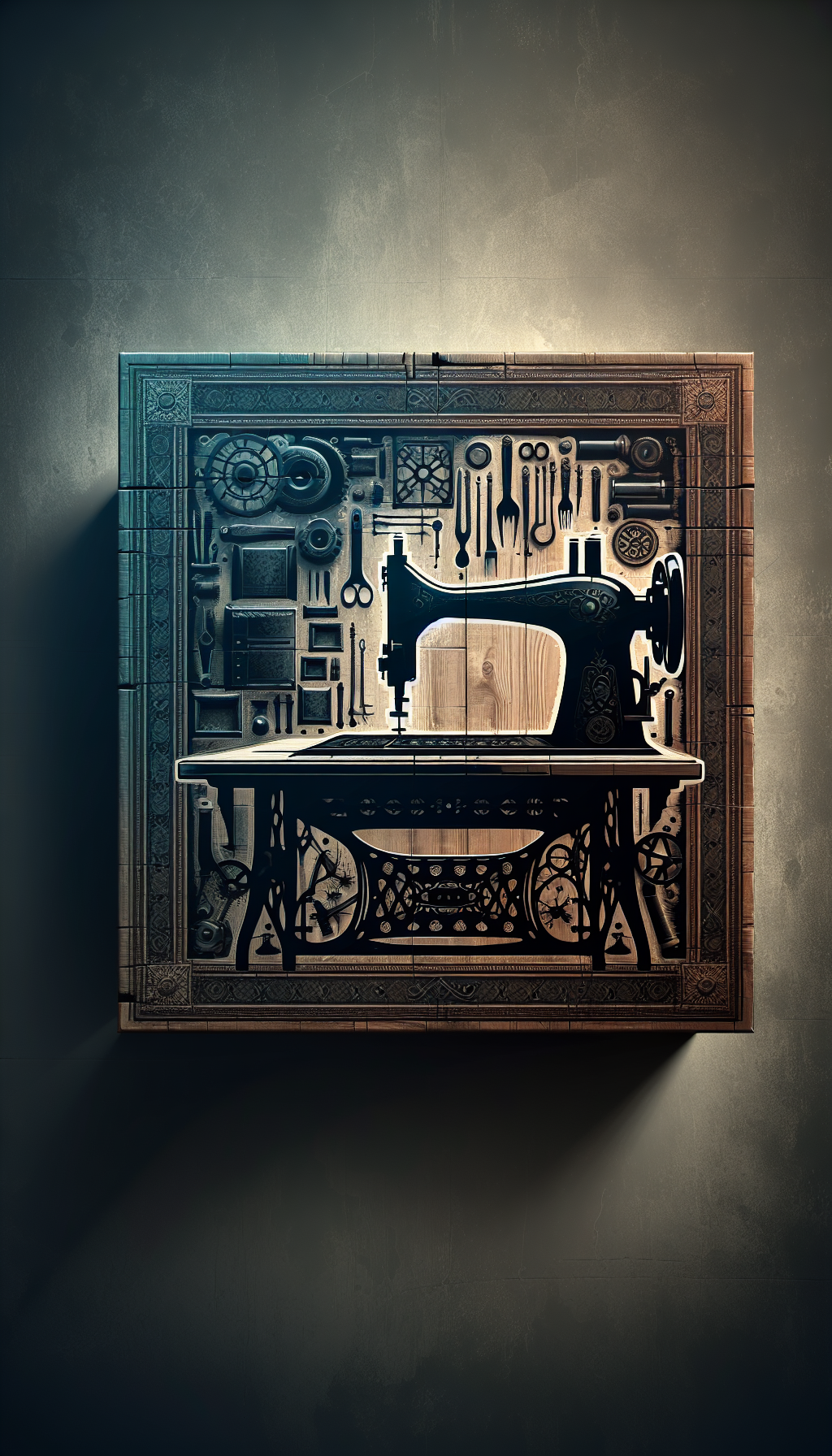Bella Italia Kratnik Original Oil On Board
Original oil-on-board paintings titled or inscribed “Bella Italia” and signed “Kratnik” surface regularly in estate dispersals, regional auctions, and secondary markets. They usually depict romanticized Italian vistas—harbors, hill towns, cypress-lined roads, and sunlit piazzas—executed in a painterly, mid-20th-century style. This guide explains how to evaluate such a work: confirming medium, assessing the signature and authorship, dating by materials and style, examining condition issues specific to board supports, and establishing a fair market value range.
Whether you are a collector, dealer, or inheritor, the aim is to distinguish a decorative souvenir painting from a listed-artist work with higher market traction—and to do so efficiently, using observable facts.
What “Oil on Board” Means and Why It Matters
Oil on board denotes oil paint applied to a rigid panel rather than stretched canvas. Common supports include:
- Masonite/hardboard (tempered or untempered)
- Plywood or veneer panels
- Commercial art boards or primed panels
- Solid wood (less common in 20th-century tourist art)
Identification tips:
- Hardboard/Masonite shows a uniform, fine fiber pattern on the back; sometimes stamped branding or measurements appear on the verso.
- Plywood reveals layered plies at the edges and a distinct wood grain on the back.
- Commercial art panels may have factory-primed white surfaces and printed labels.
Why it matters for appraisal:
- Board is dimensionally stable but vulnerable to edge damage and moisture-induced warping.
- Oil on board often points to mid-century studio or plein-air practice; it was favored for portability and cost.
- Certain boards (e.g., tempered hardboard) can darken grounds over decades; this affects tonal balance and conservation approaches.
Before proceeding, confirm you are dealing with paint and not a print:
- Under a loupe, oil paint shows varied textures, microscopic cracking, and discrete brush/knife ridges; offset lithographs reveal rosette dot patterns.
- Skim light across the surface (raking light). Impasto casts shadows; print surfaces remain flat apart from varnish texture.
- Edges: paint often wraps slightly around edges; prints usually have clean, straight borders.
The Signature “Kratnik”: Attribution and Artist Identification
The surname “Kratnik” is not strongly associated with blue-chip auction records, and several similarly signed paintings appear to be mid-century decorative or studio works. That does not negate value; it frames expectations and directs due diligence.
Steps to evaluate the signature:
- Examine the paint layer: a true signature sits on the final dried paint, often slightly different in sheen or pigment, applied with a small brush. If the signature sits under varnish but above paint, that’s typical; under paint is atypical.
- Compare letterforms: note the K’s angle, the crossing of the “t”, the final “k” tail. Consistency across multiple works can indicate a single hand or workshop formula.
- Check for alternate spellings: “Kratnik,” “Kratnick,” or abbreviated “Krat.” Variants can complicate database searches.
- Look for studio labels or inscriptions on the verso: a title sticker reading “Bella Italia,” a framing workshop label, or penciled stock numbers can help map distribution channels.
Attribution hierarchy (from strongest to weakest):
- Documentary evidence: a bill of sale, exhibition listing, or catalog referencing Kratnik.
- Comparison with a body of work: multiple works with identical signature and technique from the same source or date window.
- Market consistency: recurring appearances at regional auctions under the same name with clustering price results.
- Style-only guesswork: similar “Italian scene” motifs without documentary or comparative support.
Unless you can tie “Kratnik” to a documented, listed artist, treat the work as mid-century decorative or studio art with value determined by quality, condition, and décor appeal rather than canonical importance.
Dating by Style, Materials, and Technique
The “Bella Italia” motif proliferated in the postwar era (1950s–1970s), catering to travel nostalgia and interior décor. Indicators you may be in this date range:
- Board type: Masonite and commercial hardboard became widely available by mid-20th century. Tempered boards with smooth, dark backs are typical post-1950.
- Ground and priming: factory-primed white grounds or thin off-white gesso layers are common in mid-century panels.
- Palette and technique: bright, sunlit color schemes; quick, confident brushwork; palette-knife impasto for stone, water, and stucco textures.
- Standard sizes: 9 × 12, 11 × 14, 12 × 16, and 16 × 20 inches were common pre-cut panel sizes; metric variants appear in European-sourced works.
If the work has a period frame (ornate gilt or mid-century moulding), examine the back for aged dust paper, oxidation on nails or tacks, and shop labels. A frame’s materials and joinery can support a mid-century date but rarely provide an earlier one.
Assessing Quality and Condition
Quality directly impacts buyer interest even in decorative categories. Condition can amplify or suppress value. Inspect systematically:
Construction and support:
- Sight down the edges: check for panel warp or twist.
- Edge integrity: chipping and fraying at corners are common; minor issues are acceptable if hidden by the rabbet.
- Back contamination: water tide lines, mold blooms, or nicotine staining indicate environmental exposure.
Paint surface:
- Craquelure: fine, stable age cracking is not problematic; active lifting, cupping, or flaking is.
- Abrasion: look for rubs along high points of impasto or where the frame contacted the surface.
- Overpaint: under UV light, overpaint can fluoresce differently. Many decorative works have in-frame touch-ups; document them.
Varnish:
- Yellowing or cloudiness suggests oxidized natural resins; synthetic varnishes tend to yellow less.
- Uneven gloss can be corrected in conservation but adds cost.
Frame:
- Original frames can enhance period charm; a high-quality vintage frame may account for a meaningful fraction of the lot value.
- Structural soundness matters more than minor cosmetic wear.
Remember that board supports are generally robust; even moderately worn examples can present well after light cleaning. However, moisture-damaged boards and active mold require professional intervention.
Market Position and Valuation
Paintings signed “Kratnik” with “Bella Italia” subjects largely trade in the decorative art tier. Value is driven by a combination of subject appeal, execution quality, size, and condition, not by name recognition alone.
Practical value bands in the current secondary market for comparable mid-century oil-on-board Italian scenes:
- Small works (9 × 12 to 12 × 16 inches): typically low hundreds when well-executed and well-framed; less for scratched, darkened, or overcleaned examples.
- Medium works (16 × 20 inches and similar): mid-hundreds if composition and condition are strong; more if the frame is substantial and the scene is especially marketable (Venetian canals, Amalfi coastlines).
- Pairs or sets: sometimes attract a décor premium when matching in size and frame.
Upside scenarios:
- Superior composition and color, strong impasto, and a clean, attractive vintage frame.
- Documented provenance to a known gallery or a cohesive cache of works demonstrating a marketable “hand.”
Downside scenarios:
- Warped, water-stained, or mold-affected boards.
- Heavy nicotine or varnish discoloration suppressing color.
- Over-aggressive cleaning or significant overpaint.
Regional dynamics: coastal and tourist hubs with strong interior design markets can realize better prices for attractive, ready-to-hang pieces; strictly academic venues may discount decorative works without a listed name.
If you suspect a link to a listed artist with similar surname, pause before pricing: confirm with side-by-side signature comparisons and material concordance. Misattribution can severely swing value in either direction.
Documentation, Provenance, and Ethical Claims
Provenance adds confidence even in decorative categories. Gather and retain:
- Bills of sale or gallery receipts
- Estate inventory listings
- Dealer or framer labels on verso
- Written condition reports from restorers
When describing the work for sale, be precise:
- Use “signed ‘Kratnik’ lower right” rather than “by Kratnik” unless you have firm attribution.
- “Oil on board” or “oil on hardboard”; avoid ambiguous “oil painting” that might imply canvas.
- Provide exact dimensions (image and overall with frame), in inches and centimeters.
Avoid embellishments such as “museum quality” or “listed artist” unless verifiable. Conservative, accurate cataloging builds buyer trust.
Care, Handling, and Light Conservation
- Cleaning: surface dust can be lifted with a soft, dry microfiber cloth. Do not use water or solvents on oil paint. If nicotine or varnish yellowing is heavy, consult a conservator for a controlled clean.
- Stabilizing frames: re-secure loose corners; replace rusted nails with framer’s points; add dust backing paper to reduce grime infiltration.
- Hanging: use two wall hooks to distribute weight; avoid exterior walls and direct sunlight.
- Storage: store upright with spacers; avoid damp basements or hot attics. For stacked storage, interleave with rigid corrugated board and glassine.
Conservation costs should be weighed against market value. For modestly valued decorative works, limit interventions to cleaning and minor stabilization.
A Practical Checklist for Appraising a “Bella Italia” Signed Kratnik
- Confirm medium: true oil paint with visible brush/knife texture; not a print.
- Identify support: Masonite/hardboard or plywood; photograph the verso.
- Record measurements: image and framed sizes, in inches and centimeters.
- Document signature: clear photos; note location and paint color.
- Assess condition: panel warp, edge chips, paint losses, abrasion, varnish issues.
- Evaluate quality: composition, color harmony, handling of light and texture.
- Note framing: originality, structural soundness, and aesthetic fit.
- Gather provenance: receipts, labels, estate records; photograph all labels.
- Research comparables: recent sales of similar Italian scenes on board signed “Kratnik” or similar hands; focus on size, quality, and condition matches.
- Set value range: align with the strongest matching comparables; adjust for frame and condition.
- Decide action: retain, conserve lightly, or sell (auction, dealer, or private sale).
FAQ
Q: Is “Kratnik” a well-known listed artist? A: The name appears predominantly in decorative mid-20th-century paintings rather than in blue-chip or academically recognized circles. Treat authorship cautiously and base value on quality and condition unless you can document a specific, listed painter with that signature.
Q: How can I tell if my painting is really oil and not acrylic? A: Under magnification, older oil often shows distinct age craquelure and a softer, sometimes yellowed varnish layer. Acrylic tends to have a more plastic, even sheen and is less likely on mid-century European hardboard Italian scenes. A conservator can test discreetly if uncertain.
Q: Does the frame affect value? A: Yes. A good vintage gilt or complementary mid-century frame can add meaningful retail appeal and support higher pricing, especially for décor buyers. Poor or damaged frames suppress interest.
Q: Should I clean the varnish myself? A: No. Improper cleaning can dissolve or smear paint, especially thin passages. Limit yourself to dry dusting. If color is obscured by yellowed varnish, consult a qualified conservator for a small, controlled cleaning test.
Q: What’s the best selling venue? A: For decorative mid-century Italian scenes, regional auctions, consignment with décor-focused galleries, or well-presented online listings with clear photos can all work. Choose the venue that most closely matches your target buyers and typical price band for comparable works.
By approaching a “Bella Italia” oil-on-board signed “Kratnik” with methodical observation and realistic market expectations, you can position the work accurately—either as a charming, well-executed decorative painting or, with sufficient evidence, as a piece by a specifically identified hand.



